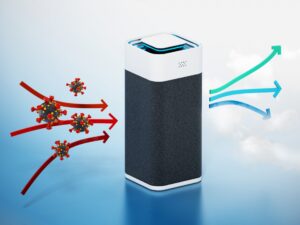
If you’ve been suffering from poor indoor air quality, there is a solution. You don’t have to rely solely on opening doors and windows to freshen up the air in your home. There’s actually a whole-house solution that can clean your air around the clock.
If you’ve been looking at air purifier service in Auburn, WA, you’re in the right place. Our team can visit your home and complete an in-home assessment to review how a whole-house air purifier would work for your family. You can keep reading to learn more about the unique benefits of an air purifier, including how one can boost sleep quality.



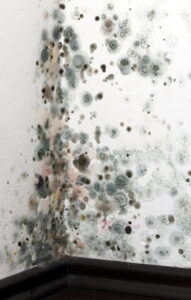

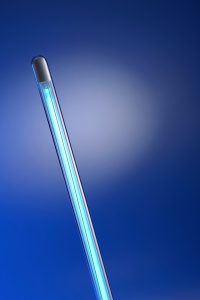 “Will it help my Tacoma, WA air conditioning work better?”
“Will it help my Tacoma, WA air conditioning work better?”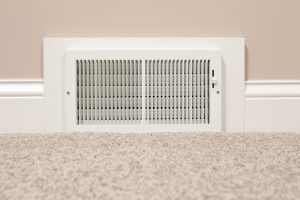 Did you know your air conditioner could be introducing particles and contaminants into your home through your ductwork?
Did you know your air conditioner could be introducing particles and contaminants into your home through your ductwork?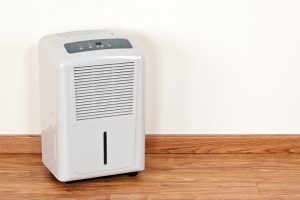 We know what you might be thinking—“A humidifier? In Tacoma? But it rains here all the time!” This is true—for the majority of the year Tacoma residents can experience a bit too much moisture. However, as spring begins, the air dries out to the point that you could very well find yourself experiencing the effects of dry air. This is particularly true indoors—where the air quality is even worse than that of outdoors, thanks to the tight, energy-efficient construction of homes today.
We know what you might be thinking—“A humidifier? In Tacoma? But it rains here all the time!” This is true—for the majority of the year Tacoma residents can experience a bit too much moisture. However, as spring begins, the air dries out to the point that you could very well find yourself experiencing the effects of dry air. This is particularly true indoors—where the air quality is even worse than that of outdoors, thanks to the tight, energy-efficient construction of homes today.